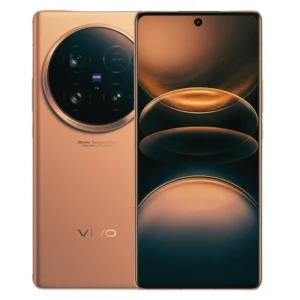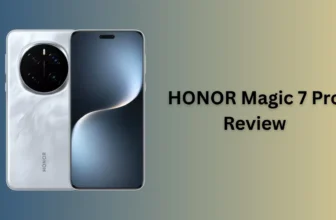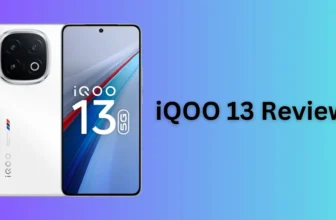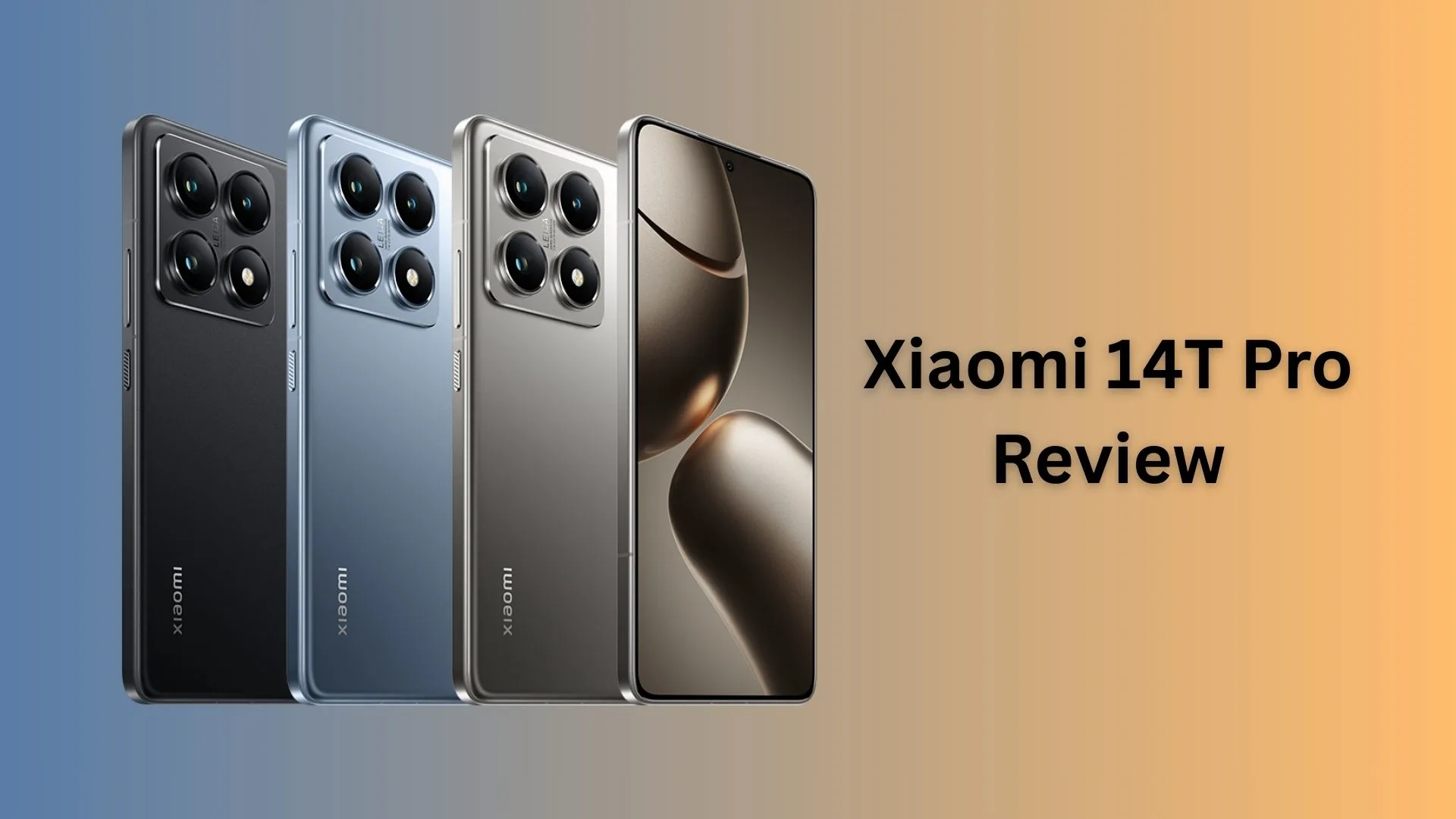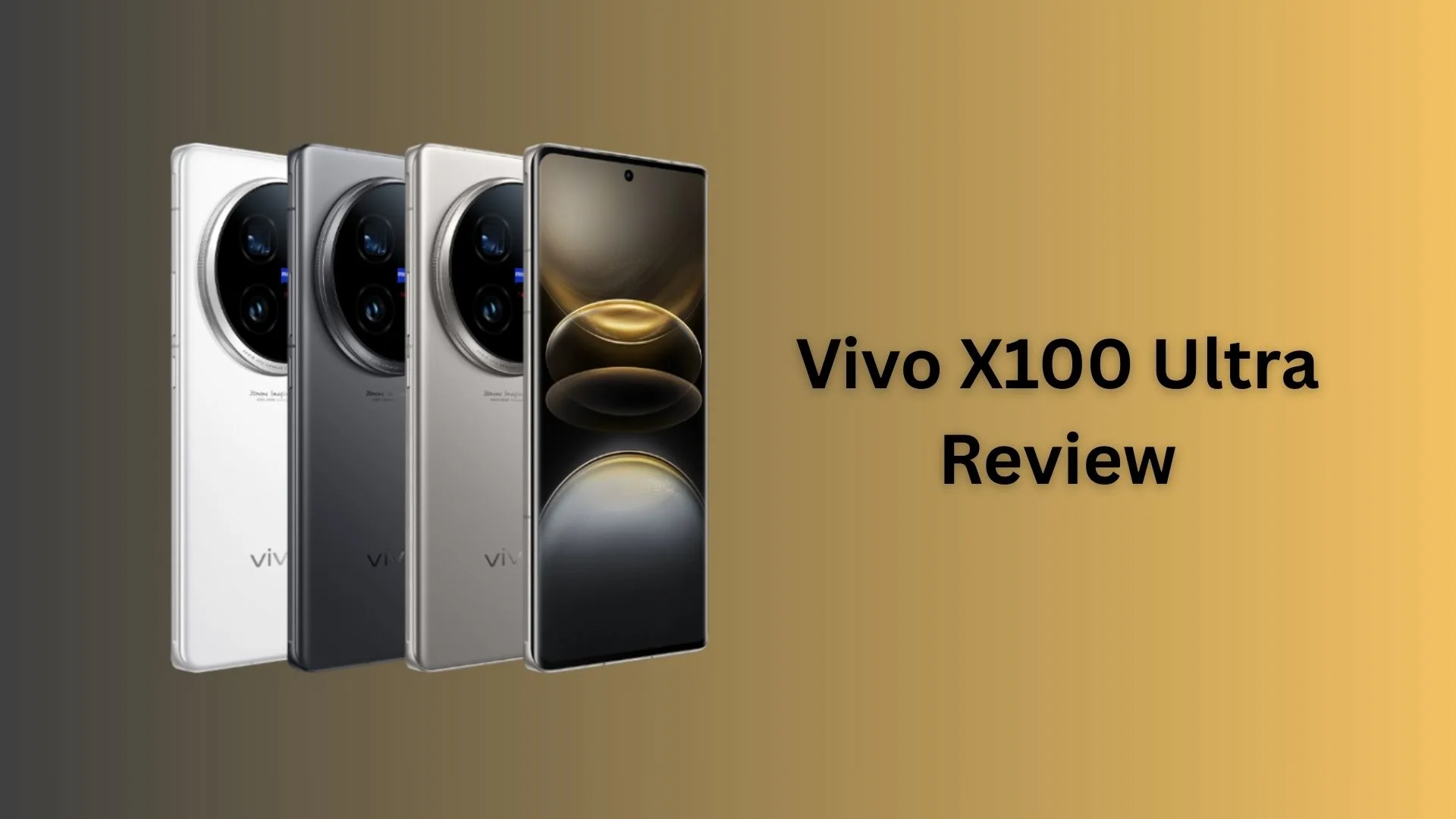
The Vivo X100 Ultra marks Vivo’s debut in the “Ultra” lineup and stands as their most advanced flagship to date. It arrives in a matching soft-shell rubber case, paired with an USB-C cable and an 80W power adapter.
Pricing and Availability
This model remains exclusive to China, where it starts at ¥6,499 (around US $900 or Rs. 80,000). Although Vivo calls it a “professional camera that makes calls,” there’s no official plan for a global release—importing is the only way to get one outside China.
Back Camera Array
Vivo has expanded the camera island significantly compared to the X100 Pro, improving both sensor lineup and optics:
- ZEISS T* coating for better light transmission
- Vivo V3+ imaging chip and an eight-year-in-development in-house “blue image” algorithm to enhance low-light snaps
Periscope Telephoto
- Samsung 1/1.4″ 200 MP ISOCELL HP9 sensor
- 85 mm focal length (3.7× optical zoom)
- f/2.67 aperture with 4.5-axis OIS
- 15 cm minimum focusing distance
Main Camera
- Sony LYT-900 1″ 50 MP stacked sensor
- 23 mm equivalent focal length
- f/1.75 aperture
- Gimbal stabilization plus OIS
Ultra-Wide
- Sony LYT-600 1/2″ 50 MP sensor
- 14 mm focal length (116° field of view)
- f/2.2 aperture
All three lenses share three ZEISS colour profiles—Vivid, Textured, and Natural. We’ll use Natural for its balanced, lifelike tones.
Photo Modes and Detail
Vivo packs powerful shooting modes that leverage each sensor:
- Snapshot Mode: Zero-lag captures on main or periscope
- Portrait Mode: Accurate edge detection at all focal lengths
- Super Macro (Periscope): 15 cm close-focus with up to 30× macro zoom
- Macro (Ultra-Wide/Main): Limited by cropping; main sensor blurs if too close
Native 200 MP captures can be downsampled to 50 MP or 12.5 MP for truer colours. Even at 5× or 10× zoom, small details remain remarkably sharp, and 100× digital zoom still reveals surprising clarity.
Video Capabilities
The X100 Ultra’s video suite builds on the Pro’s strengths with added flexibility:
- Seamless Lens Switching: 4K 60 FPS transitions from ultra-wide to main to periscope
- Extended Zoom: Up to 20× zoom in-video (twice the Pro’s limit)
- 4K 120 FPS: Ultra-smooth, high-resolution slow-motion on main and periscope
- Stabilization Mode: 2.8K 60 FPS across all three cameras
- Dolby Vision Recording: 4K 60 FPS on every lens
- 8K Video: Still restricted to the main sensor
- Cinematic Portrait: 4K options on main and periscope, excels at low-light human subjects
In regular 4K at night, the main lens leads in exposure, detail, and steadiness, though all three sensors deliver impressive low-light footage. The periscope introduces more noise when zoomed heavily, but captures abundant light even at 100×.
Nighttime and Specialty Modes
Vivo retains dedicated night modes that push the hardware further:
- Super Moon: Main and periscope only, up to 100× zoom for lunar detail
- Astro Mode: Captures surprising starfield clarity
- Portrait Night Shots: Warm, polished results with stellar edge detection on main and periscope
Between the flagship-sized sensors, advanced stabilization, and versatile zoom range, the X100 Ultra delivers one of the strongest camera toolkits for low-light and specialized shooting.
Vivo X100 Ultra
₹115,999.00- Display: 6.78″ AMOLED (QHD+)
- Chipset: Qualcomm Snapdragon 8 Gen 3
- Memory: 16GB RAM, 1TB Storage
- OS: …
| GENERAL | ||||||||||||||||||
|---|---|---|---|---|---|---|---|---|---|---|---|---|---|---|---|---|---|---|
| ||||||||||||||||||
| BODY | ||||||||||||||||||
| ||||||||||||||||||
| DISPLAY | ||||||||||||||||||
| ||||||||||||||||||
| PERFORMANCE | ||||||||||||||||||
| ||||||||||||||||||
| MEMORY | ||||||||||||||||||
| ||||||||||||||||||
| SOFTWARE | ||||||||||||||||||
| ||||||||||||||||||
| REAR CAMERA | ||||||||||||||||||
| ||||||||||||||||||
| FRONT CAMERA | ||||||||||||||||||
| ||||||||||||||||||
| BATTERY | ||||||||||||||||||
| ||||||||||||||||||
| NETWORK | ||||||||||||||||||
| ||||||||||||||||||
| CONNECTIVITY | ||||||||||||||||||
| ||||||||||||||||||
| MULTIMEDIA | ||||||||||||||||||
| ||||||||||||||||||
| SENSORS | ||||||||||||||||||
| ||||||||||||||||||
| AnTuTu Scores | ||||||||||||||||||
| ||||||||||||||||||
| Geekbench Scores | ||||||||||||||||||
| ||||||||||||||||||
Design
The X100 Ultra is available in White, Dark Grey, and Titanium finishes. I reviewed the Titanium model, which features frosted glass on the back and subtle silver accents around the frame.
Despite its name, the Titanium variant still uses an aluminium chassis. At 9.23 mm thick and weighing 229 g, it’s noticeably larger and heavier than the X100 Pro.
Vivo has upgraded durability to both IP68 and IP69 ratings—so the phone survives half-hour submersions at 1.5 m and resists high-pressure, high-temperature water jets.
The front glass protection isn’t specified, but Vivo has swapped in an ultrasonic in-display fingerprint reader, replacing the Pro’s optical module for faster, more reliable unlocking.
Finally, compared to the Pro, the screen bezels are slightly wider, but the selfie camera cutout has been slimmed down for a cleaner look.
Selfie Camera
Vivo upgraded the front shooter to a Samsung 1/2.76″ 50 MP ISOCELL JN1 sensor with autofocus and an f/2.45 lens (24 mm equiv.). This produces sharper, more natural selfies with excellent edge detection in portrait shots.
It records 4K video at 60 FPS, though Cinematic Portrait mode remains capped at 1080p. Both modes deliver impressive low-light performance and minimal noise, with the dedicated front-facing LED ensuring balanced skin tones after dark.
Overall, this is the best selfie setup I’ve tested on a Vivo flagship—only hampered by the lack of 4K Cinematic Portrait recording.
Display
The X100 Ultra sports a 6.78″ curved E7 AMOLED panel at QHD resolution (517 ppi). As a 10-bit screen, it can render over a billion colours and supports Dolby Vision, HDR10, HDR10+, and Widevine L1 streams.
LTPO technology scales refresh rate from 1Hz up to 120Hz, while a 300Hz touch sampling rate and 1440 Hz PWM dimming ensure smooth interaction and flicker-free low-brightness viewing. Peak brightness hits a stellar 3,000 nits—nearly double that of the X90 Pro Plus.
Software
Since the X100 Ultra is limited to China, it runs OriginOS 4 atop Android 14. Google services, including the Play Store, are pre-installed and function normally despite the Chinese ROM.
OriginOS offers far more customization than Vivo’s global FunTouch OS—though many settings and widgets are tailored for the Chinese market and can feel overwhelming. I’d love to see Vivo blend OriginOS’s flexibility with FunTouch’s global-user friendliness in future releases.
Additional Thoughts You Might Find Useful
- If you import the X100 Ultra, consider installing a global firmware or custom launcher to access international app ecosystems more seamlessly.
- Pair this beast with high-quality screen protectors rated for extreme hardness to safeguard the unspecified front glass.
- The ultrasonic fingerprint sensor works best on clean, dry fingers—wipe both your screen and fingertip for flawless reads.
- To take full advantage of the 3000 nit peak brightness, enable Adaptive Brightness and HDR Boost in settings for outdoor and HDR content.
- Watch for community-developed root tools and mods—these could unlock Google Camera ports or global OTA updates for a smoother international experience.
Battery
Vivo has upgraded to a second-generation silicon-carbon battery, boosting capacity to 5500 mAh. Fast charging now tops out at 80W wired and 30W wireless. To manage heat during rapid charging, Vivo integrates a 3D vapor-chamber cooling system with dual-layer heat spreaders and quick-freeze elements.
Hardware
Under the hood sits Qualcomm’s 4 nm Snapdragon 8 Gen 3, paired with up to 16GB of LPDDR5X RAM and as much as 1TB of UFS 4.0 storage. Vivo’s enhanced cooling also keeps these components running cool. In benchmarks, it posted the highest AnTuTu score I’ve ever seen:
- Single-core performance edges out the Dimensity 9300 found in the X100 Pro.
- Multi-core scores fall just short of the Dimensity chip.
- GPU results are largely comparable between the two platforms.
In real-world gaming, Genshin Impact on max settings held a rock-solid 60 FPS with no stutters or overheating, thanks to the new thermal solution. Real Racing 3 capped out at 60 FPS despite the phone’s ability to hit 120 FPS—hopefully a future update will unlock higher frame rates. Call of Duty Mobile ran at a steady 120 FPS with almost zero drops.
Connectivity
The X100 Ultra comes loaded with:
- Bluetooth 5.4, NFC, and an IR blaster
- A 25-antenna array for enhanced 5.5G (China) or 5G (global) reception
- Satellite link support (China only)
- Wi-Fi 7 long-range mode (stable up to 150 m)
- USB 3.2 Type-C port
- X-axis linear haptics
- Upgraded microphone array
- Dual stereo speakers with Super Audio Effect
Final Thoughts
Vivo’s X100 Ultra delivers flagship-level power, advanced cooling, long-lasting battery life, a stunning display, top-tier selfie hardware, and an unrivalled rear camera suite—all wrapped in a durable, water-resistant build. Its China-only software and region-locked features (like satellite connectivity) are the main drawbacks. If you value best-in-class photography from a smartphone that “happens to make calls,” importing the X100 Ultra could be well worth it.
